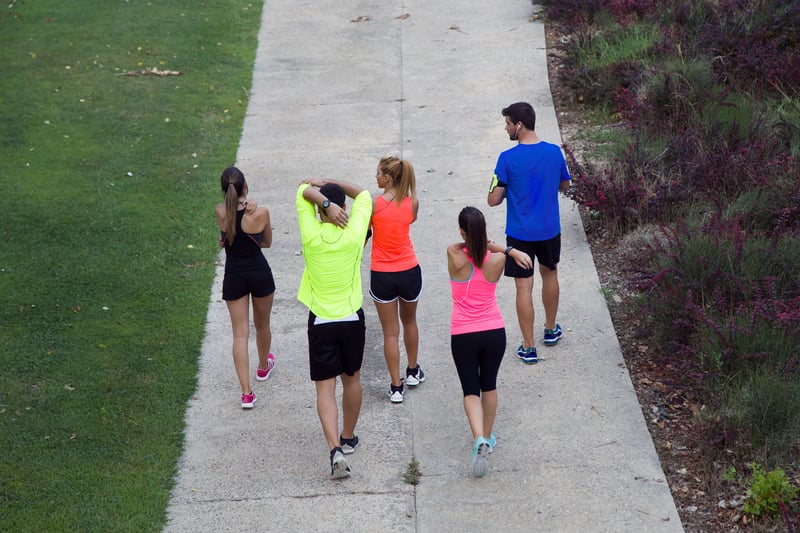
So you’ve been bitten by the running bug, have you? You’re probably sitting there thinking about how to train for a half marathon.
As we ring in the New Year, many runners create different goals and resolutions. Maybe you started a fitness journey, or maybe you’re a seasoned 5k veteran but whatever your thought process is, you have decided to run your very first half marathon.
Personally, I’ve run 30+half marathons and I can tell you the half is my favorite distance. It’s a huge challenge to cover 13.1 miles but it also doesn’t consume your entire life. Plus, unlike the marathon, it takes much less time to recover from so you’re able to run a few more per year.
Did you know the half marathon is actually fastest growing race distance in the U.S.? Do we dare say the half is the new 5k or 10k? We will let you be the judge of that!
So how did you get here? Maybe you’ve finished a few 5Ks as well as 10Ks. You might have even done a 10 miler. You’re now ready to take on a new challenge with the half marathon.
Most people are able to complete a 5K after a few weeks of consistent running.
After building a base and running a 5K, the next step is a 10K. Then after a few more months of consistent running and a bigger base, you’re ready to train for a half marathon.
But now what? Do you just keep running longer and longer? 10k becomes 10 mile becomes 12…13…14…15…no!
1) The half marathon requires a greater focus on endurance
You must approach the half marathon with respect. You cannot expect to feel good if your longest run is 6 miles and you’re racing 13.1. If you’re brand new to running, consider finding a half marathon this summer in June or July.
While a late spring race could be doable, for some it can be overzealous and promote a serious injury.
2) Stay injury-free
This leads us to our number one goal. You always want to stay healthy. You cannot train if you’re injured. Don’t ramp up your training too quickly. It could result in a breaking a bone or an overuse injury (I’ve had both).
Here are some important tips to stay injury free:
- Don’t ramp up mileage too quickly. Don’t be a hero and make your first run a long run.
- Don’t race your training runs. Not every run needs to be fast and it shouldn’t. Most elite runners run at least 90 seconds per mile slower than their goal pace.
- Run in the proper footwear. Running a half marathon is a long way, and you must do so in proper footwear. Go to your local running store and get fitted for the right pair of shoes for you!
- Switch it up. Don’t run the same route at the same time every single day. Running hundreds of miles on the same loop can create an overuse injury, especially if the sidewalk is banked.
If you need a training plan, check these out.
3) Respect the distance
For the half marathon, you must build your mileage and base. You cannot run a half marathon on 5 miles a week. You run the risk of injury or not having your best week.
It’s important to slowly add mileage to increase your base. An easy to follow rule is to increase your long run by 1 mile every 1-2 weeks and take a rest day in it’s place every month. The slow increase as well as not “always increasing” with a rest day allows your body ample time to recover.
Most beginner half marathon plans target 25-30 miles, during their biggest training weeks. This makes sure your body is ready to run the 13.1 miles without issues and injury.
A big chunk of that mileage is the long run. Before a half marathon, it’s best to build up to run at least one 10 mile long run to ensure you can complete a half marathon.
How to train for a half marathon is a combination of art and science.
Hollie Sick is an avid runner who’s completed more than 30 half marathons. Read her blog, or follow her on Twitter and Instagram.





